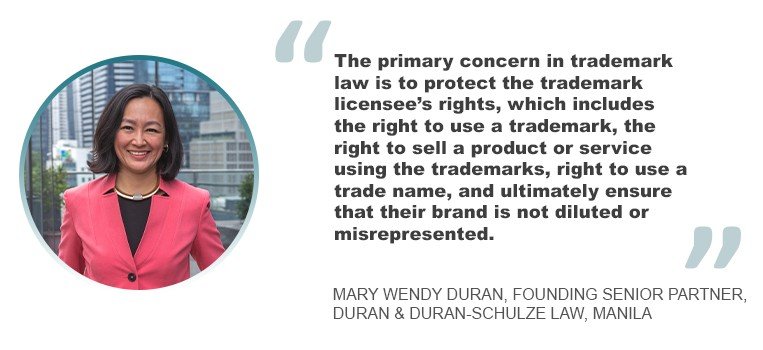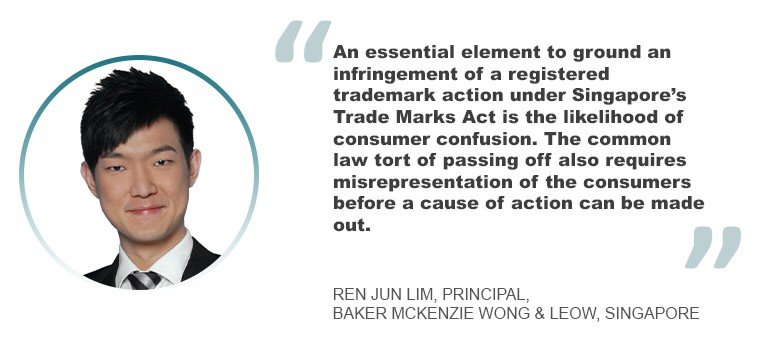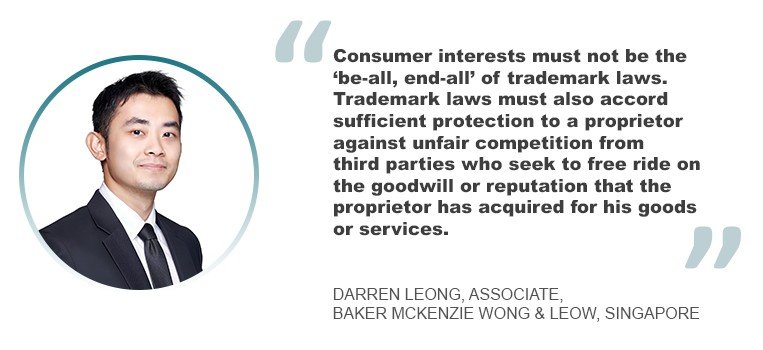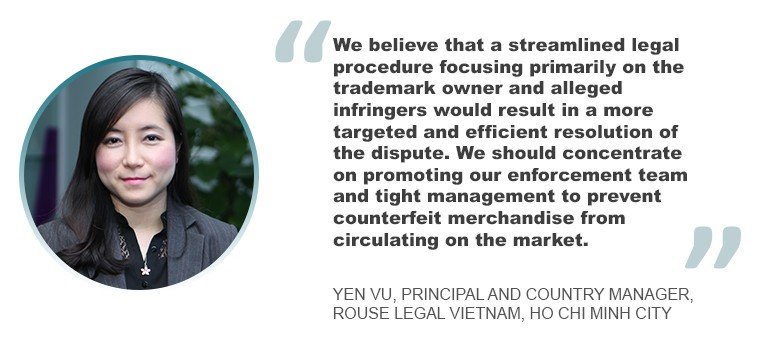“It is crucial to recognize the vital role of consumer interests, even though they may not actively participate in the courtroom proceedings,” said Singh. “Consumers hold a significant position in trademark law as trademarks aim to protect them from confusion and deception in commercial transactions. Recent disputes show that due to use of illegal domain names consisting of well-known marks, innocent consumers are duped of substantial sums of money.”
Touching on public health, Singh cited counterfeit medications as having a consumer interest angle. The same goes for counterfeiting food products and automobile parts.
In what ways do trademark laws and litigation in countries around the region protect consumer or public interest? Do IP lawyers and attorneys in Asia agree that the consumer should be the third party in a trademark court proceeding? We interviewed some of them for their reaction and for pertinent information on trademark laws in India, Taiwan, the Philippines, Singapore and Vietnam.
India
In 2022, the Delhi High Court Intellectual Property Rights Division Rules, 2022 (the IPD Rules), and the High Court of Delhi Rules Governing Patent Suits, 2022 were issued.
According to Singh, this signifies a proactive approach in addressing concerns pertaining to the protection of public interest in IP enforcement.
Among the provisions under the IPD Rules is Rule 25. “Allowing third parties to intervene in IP-related matters ensures that the perspectives and interests of the public are taken into account. It allows individuals or organizations with a legitimate interest in the case to participate in the proceedings, contributing their insights and concerns,” said Singh.
Another is Rule 26, which consolidates multiple proceedings related to the same or similar IP rights subject matter. This provision, therefore, allows disputes to be resolved in a more streamlined and efficient manner, avoiding duplicative processes and potentially conflicting outcomes. “By avoiding unnecessary delays and reducing litigation burdens, the public’s interest in timely and fair resolution of IP matters is protected,” explained Singh.
Rule 27 also helps safeguard consumer interest by enabling the court to issue a judgement without a full trial. This allows the court to save time and resources, thus catering to public interest as it avoids prolonged legal battles and promotes timely access to IP rights.
Meanwhile, Rule 36 ensures that the IPD proceedings are accessible to all by requiring filings to be in a specific format and providing for reasonable accommodations for individuals with disabilities. “By setting standards for accessibility and accommodating the needs of individuals with disabilities, the public’s interest in fair and inclusive participation in IP enforcement is protected,” noted Singh.
As to public health, Singh cites Cadila Health Care v. Cadila Pharmaceuticals. Cadila Health Care accused Cadila Pharmaceuticals of trademark infringement because the latter used a name and logo similar to theirs. The Supreme Court ruled in favour of the former and ordered the latter to stop using the name and logo.
“The court held that in the case of trademarks for medicinal products, a lower standard of proof is required to establish confusing similarity due to the potential life-threatening consequences of confusion,” said Singh. “The need for clear indicators to differentiate medicinal products is crucial, considering the vulnerability of patients and the risks involved in their usage.”
Taiwan
Gary Kuo, a partner at Winkler Partners in Taipei, agreed that the consumer should be the third party inside the courtroom during trademark litigation.
According to Kuo, the Taiwan Trademark Act explicitly states that it aims to protect consumer interests. When reviewing trademark disputes, Taiwan courts and the Taiwan Intellectual Property Office consider the interest of consumers as to, for example, whether there is actual consumer confusion and the consumers’ familiarity with the disputed trademarks. Yet, the trademark act does not provide consumers with legal rights against the trademark infringer.
“For example, if an infringer imported numerous counterfeit kitchen tools in Taiwan and many consumers bought the counterfeits due to misidentification and confusion, the brand owner of the kitchen tools could initiate a court action against the infringer who sold counterfeits on the market,” said Kuo. “In this case, the party who suffers losses is not only the brand owner but also the consumers who were cheated into buying counterfeits.”
However, consumers cannot claim damages against the infringer under the trademark act. Although consumers can claim damages based on other remedies such as torts, Kuo explained they have to initiate another action and would not be able to solve their disputes with the infringer in the same trademark litigation. In addition, consumers do not have a voice in trademark courtroom proceedings; hence, they cannot relate to the court how fraud, as committed by the infringer, misled them into buying the counterfeit products.













